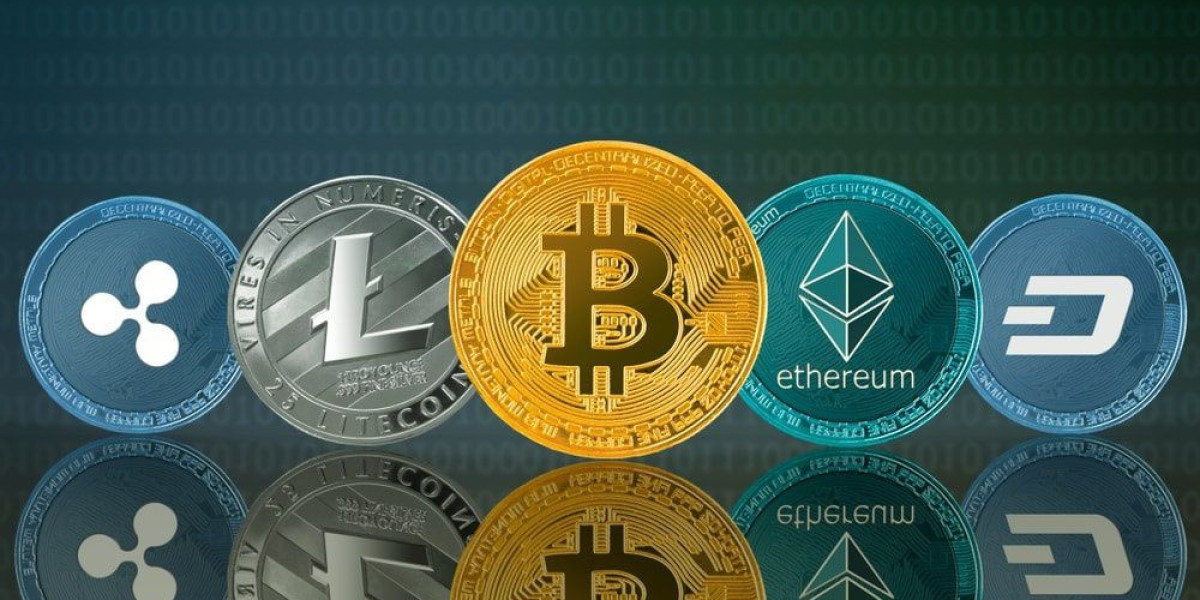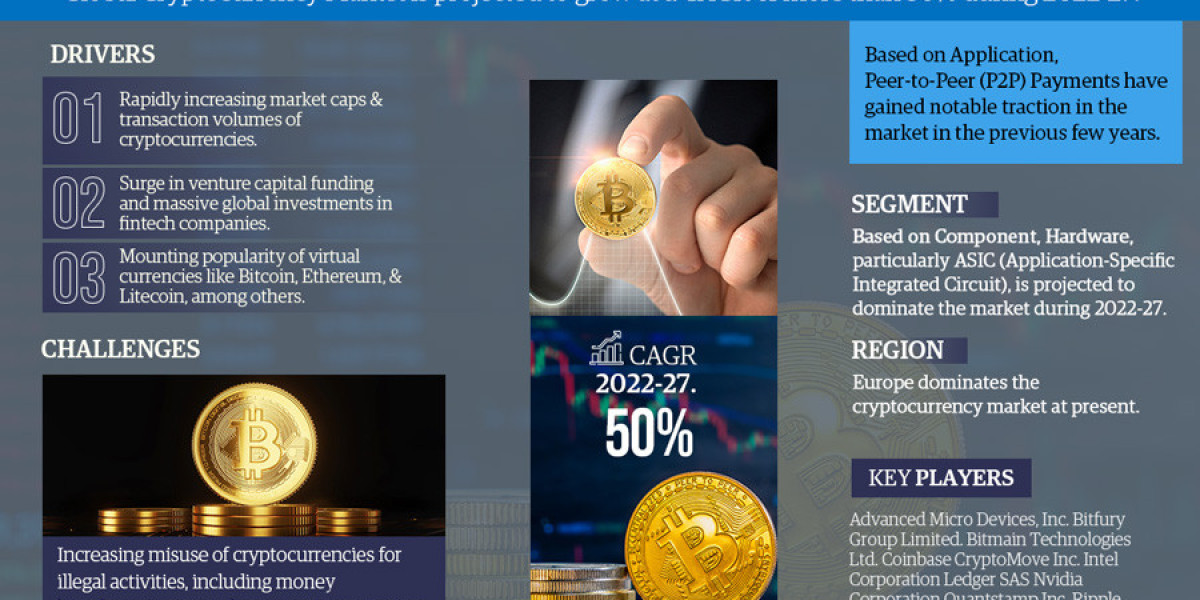Real-world assets (RWAs) are poised to be a cornerstone in the evolution of cryptocurrency and blockchain technology. The integration of RWAs into the crypto ecosystem could lead to transformative changes, bridging traditional financial systems with the emerging world of decentralized finance. This article explores the potential of RWAs, their advantages, challenges, and future prospects in reshaping the financial landscape.
1. Definition and Overview
Real-world assets encompass tangible and intangible items of value that exist outside the digital realm, such as real estate, commodities, intellectual property, and securities. By tokenizing these assets on the blockchain, they are transformed into digital tokens that can be traded, managed, and owned more efficiently. This process signifies a paradigm shift, enabling previously illiquid assets to gain liquidity and accessibility in the crypto market1.
2. Enhancing Liquidity
One of the most significant advantages of RWAs is the enhancement of liquidity. Traditionally, many valuable assets, such as real estate and fine art, are challenging to buy or sell quickly due to market constraints. Tokenization allows for the fractional ownership of these assets, enabling investors to trade smaller portions on decentralized exchanges. This democratization of investment opportunities not only improves market liquidity but also attracts a diverse range of investors seeking exposure to various asset classes12.
3. Democratization of Investment
The tokenization of RWAs facilitates the democratization of investment opportunities. By breaking down high-value assets into smaller and more affordable tokens, individuals who may not have had the capital to invest in entire properties or exclusive artworks can participate in these markets. This shift not only increases access to investment opportunities but also fosters greater financial inclusion, allowing a broader segment of society to build wealth through diverse asset classes12.
4. Bridging Traditional Finance and Cryptocurrency
RWAs play a critical role in bridging traditional finance (TradFi) and cryptocurrency. As institutional investors increasingly recognize the value of diversifying their portfolios with tokenized assets, the integration of RWAs into crypto markets becomes more prominent. This connection encourages collaboration between traditional financial institutions and blockchain platforms, facilitating the creation of innovative financial products that leverage both worlds12.
5. Security and Transparency
Blockchain technology provides enhanced security and transparency in the management of RWAs. Each transaction is recorded on an immutable ledger, which not only ensures accuracy and authenticity but also reduces the risk of fraud. Smart contracts automate many processes, enhancing operational efficiency while decreasing transaction costs. This transparency builds trust among investors, making the crypto space more appealing to those who are wary of traditional financial systems1.
6. Applications in Decentralized Finance (DeFi)
RWAs are essential for the ongoing growth of decentralized finance (DeFi). They serve as collateral in lending protocols and can enhance the availability of stablecoins, transforming how financial services are delivered in a decentralized ecosystem. The capabilities offered by RWAs empower DeFi platforms to provide borderless financial services, eliminate intermediaries, and lower costs, thus fostering widespread adoption of blockchain technology1.
7. Environmental Impact and Sustainability
Beyond financial applications, RWAs can also contribute to sustainable practices through the tokenization of environmental assets, such as carbon credits and biodiversity credits. By incentivizing sustainable practices, stakeholders can align financial interests with environmental goals. This intersection opens up new avenues for investment that not only yield returns but also promote positive social and environmental benefits2.
8. Challenges Ahead
Despite the promising potential of RWAs, several challenges must be addressed. Regulatory uncertainty remains a significant hurdle, as different jurisdictions approach the regulation of tokenized assets in various ways. Establishing a clear regulatory framework will be essential for fostering investor confidence and ensuring the growth of RWA markets. Additionally, technological advancements in blockchain scalability and user-friendliness will be necessary to facilitate widespread adoption2.
9. Future Prospects
The future of RWAs in the cryptocurrency space is optimistic. As the market continues to evolve, innovations in tokenization will unlock new possibilities for investment and financial services. The integration of RWAs into the crypto ecosystem will likely enhance the legitimacy of digital assets, making them more attractive to a broader range of investors.
Key trends to watch include the increasing interest from institutional investors, the development of new financial products leveraging RWAs, and the collaboration between traditional finance and blockchain technology12.
Conclusion
Real-world assets represent a transformative opportunity for the future of cryptocurrency, with the potential to unlock new avenues for investment, enhance liquidity, and bridge the gap between traditional and decentralized finance. By addressing existing challenges and leveraging the benefits of tokenization, RWAs can significantly reshape the financial landscape, making it more inclusive, transparent, and resilient for years to come. As these developments unfold, the role of RWAs will be crucial in defining the next chapter of the crypto revolution.






